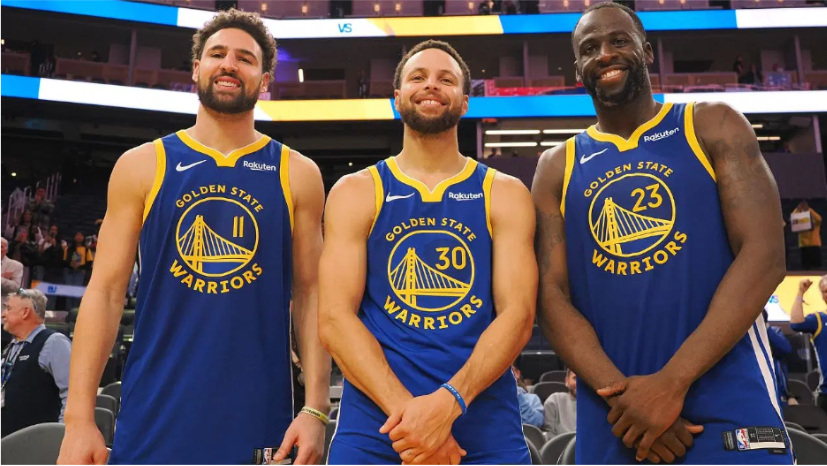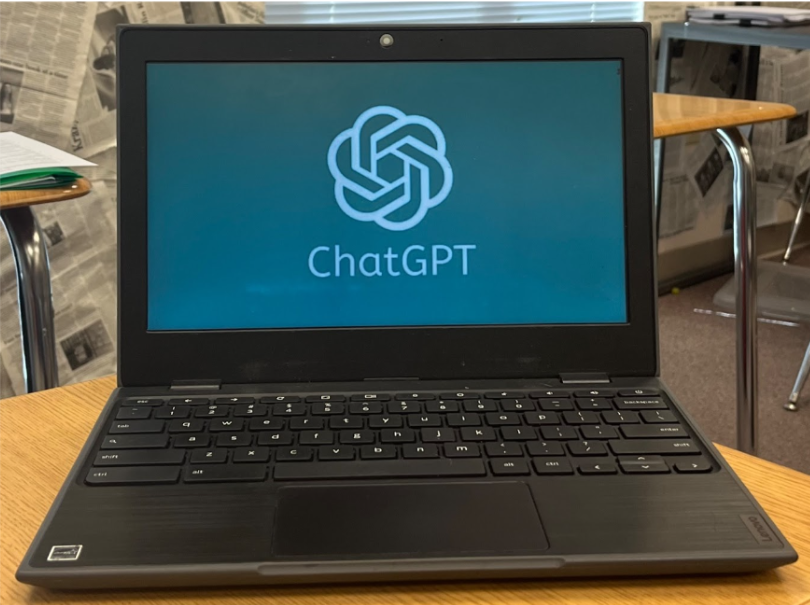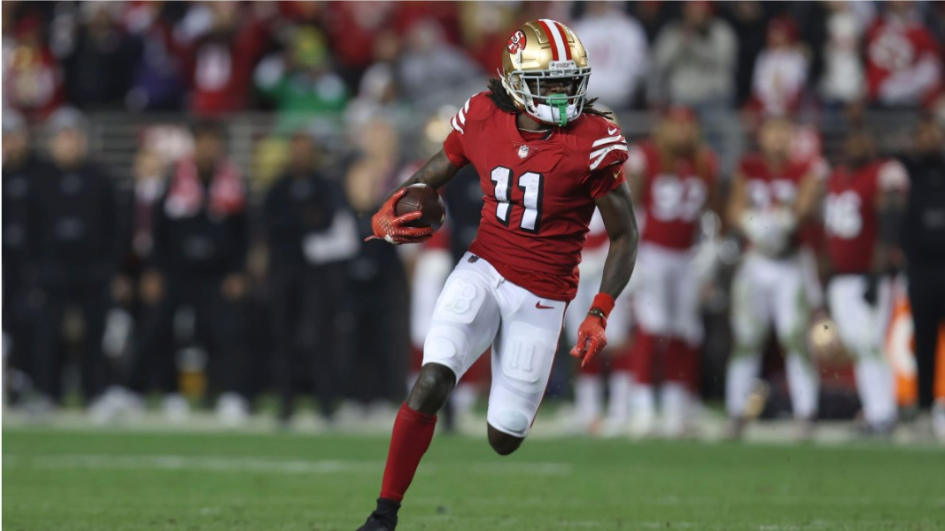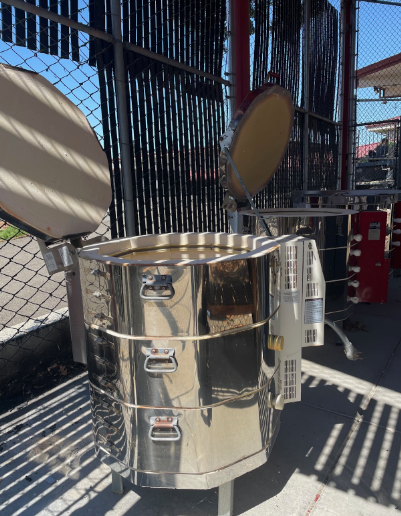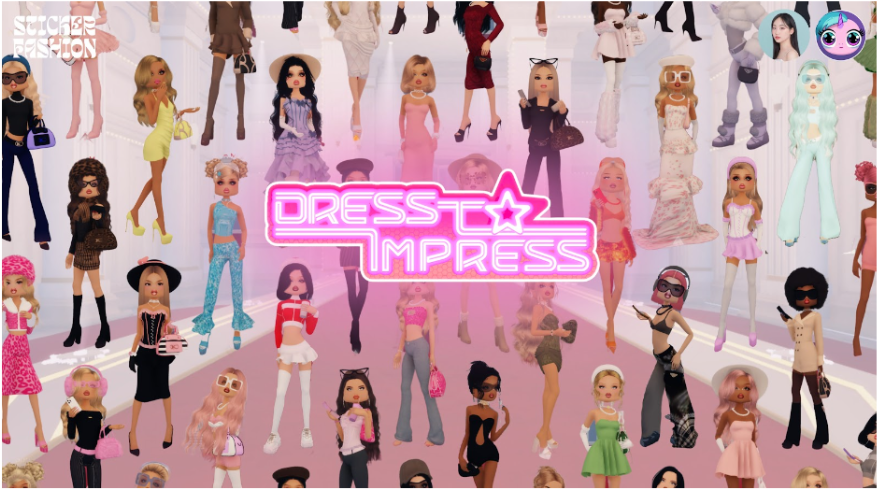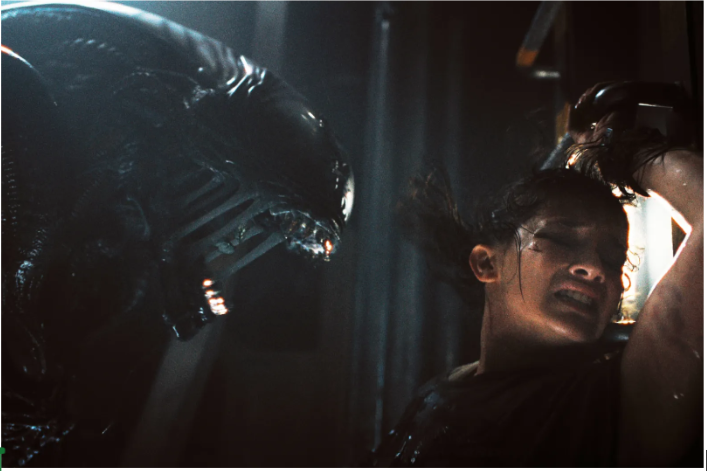Trisha Sanghal
Here, Sanghal, top middle, and Wong, right, pose along with the Girls and Guys Who Code students. Sent from my iPhone
October 20, 2016
One day last year, as Trisha Sanghal drove her little sister, Tanya, and her friends home from school, she heard a voice from the backseat say, “Coding is for guys!”. It was that moment that struck a cord with Trisha, and made her decide that young girls needed to be introduced to coding. The wheels began to turn in her head, and she soon organized Monte Vista’s first successful Girls (and later, guys) Who Code club.
Sanghal, an avid participant in computer science classes at Monte Vista, stumbled upon her passion for coding almost by accident, when teaching music at EMQ Families First, a nonprofit organization that provides help to troubled and underprivileged youth and their families.
“Students had to wait for irregular periods of time for lessons,” Sanghal said. “Therefore, I decided that, in order to get the lessons to them more periodically, I would develop a web app that they could use to look at lesson plans.”
As Sanghal discovered her love for coding and programming, she decided to try to end the “brogrammer myth” for young girls.
“Although I had noticed the gender gap in my computer science classes at school, it hadn’t occurred to me that the reason for it might be that girls though programming was ‘manly’”, Sanghal said. “After thinking that over and researching how I could share my positive experience in CS [computer science] with other girls, I decided to start a Girls Who Code club for middle school students.”
Sanghal reached out to her computer science teacher, Ms. Anwar to help her organize the club, which proved to be more difficult than anticipated. Originally, Trisha wanted to open the club to high school students, but when that didn’t work, she worked with middle school principals and administration to offer it to younger students.
“She wanted to offer it at lunchtime, and she just couldn’t generate enough high schoolers to come in, because high schoolers are busy,” Anwar said. “I mean, she was pretty creative, because it’s the first time its actually been, I think, successful. Then she sort of did some forms with the middle schoolers, and she got some people.”
Girls Who Code, which meets after school, teaches middle school girls lessons in programming and offers them a space to explore.
“A typical club meeting starts with a fun bonding activity for the middle school students, which then segues into a [30 minute] lesson. Then the students are given [30 minutes] to work on their projects, and explore. The meetings end with a video about a cool application of computer science, to inspire the students to think big.” Sanghal said.
Another leader of Girls Who Code, junior Katie Wong, worked closely with Trisha on club meetings and organization. The two led group activities and played key roles in the success of the club.
“[Ms. Anwar] was explaining how they really needed help. I was really excited about the program, and so I decided to text Trisha. She’s really cooperative with me and she’s really encouraging, and I think she really cares about the cause of Girls Who Code, and I was really excited to work with her.” Wong said. “I think she’s a really great leader. She really knows how to lead the class and get things done.”
With a gap between men and women working in technology today, Girls Who Code is an important way to get more women to pursue careers in technology, and get girls interested in coding from a young age. Ms. Krier, who helped advise Girls Who Code at Monte Vista, and helps run technology programs at school, sees the need not only for young girls, but young people, to gain experience in coding.
“There are career opportunities in coding, of all sorts: from medical, to technology, to science,” Krier said. “Historically, women haven’t pursued those careers, and industry is asking for high schools and middle schools and elementary schools even, to make an effort to include more diversity, so that the girls can have those career opportunities in those fields.”






